Introduction
Hedgehogs are fascinating little creatures that have captured the hearts of many animal lovers around the world. These spiky mammals are known for their distinctive appearance and unique behaviors. In this article, we will delve into 10 fascinating facts about hedgehogs that will help you to understand these remarkable animals better.
Fact 1: Hedgehogs are Nocturnal
Since hedgehogs are nocturnal creatures, the night is when they are most active.This nocturnal behavior helps them avoid predators and find food when it is cooler and less crowded. During the day, hedgehogs typically sleep in nests made of leaves, grass, and other vegetation.
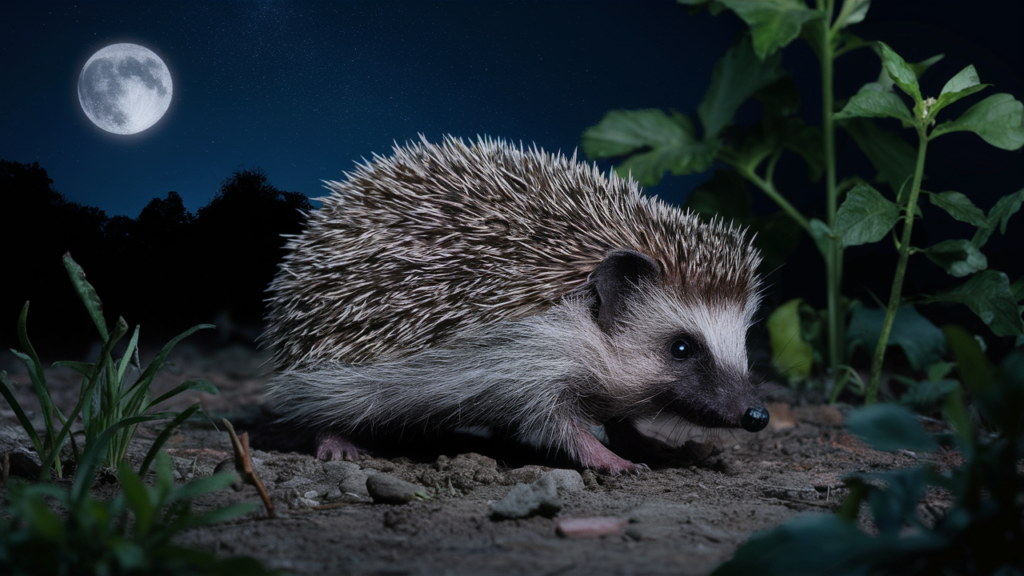
Fact 2: Hedgehogs Have a Unique Defense Mechanism
The greatest distinguishing characteristic of hedgehogs is their spines. These spines, which are modified hairs, cover their backs and sides. A hedgehog’s spines protrude in all directions as it curls into a tight ball in response to danger. This defense mechanism makes it difficult for predators to attack without getting hurt.
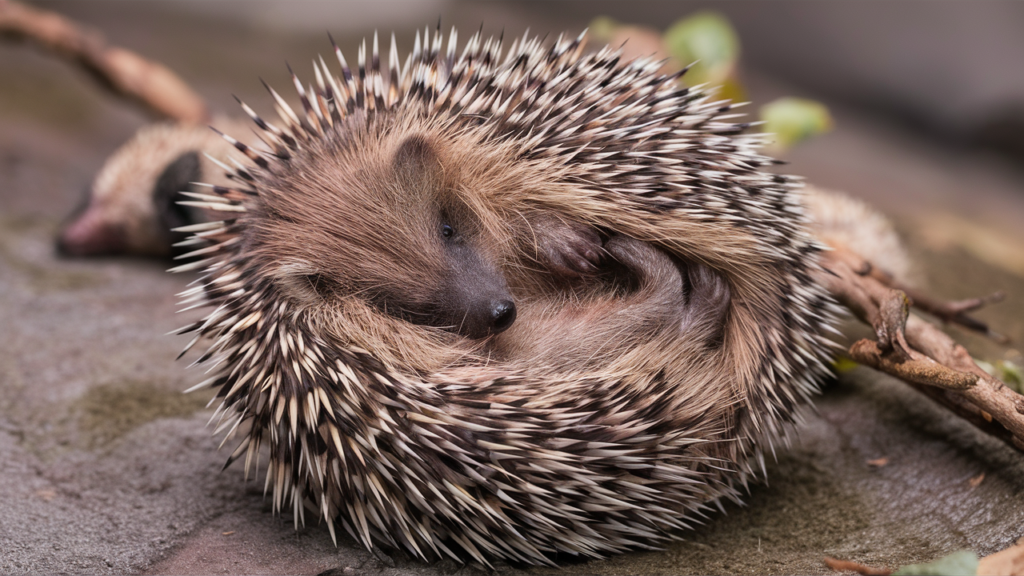
Fact 3: Diverse Species of Hedgehogs
Hedgehogs come in 17 different species, each having distinctive traits of its own.These species are spread across Europe, Asia, and Africa. Some of the most well-known species include the European hedgehog, the African pygmy hedgehog, and the desert hedgehog. Each species has adapted to its environment in different ways, from size and coloration to dietary preferences.
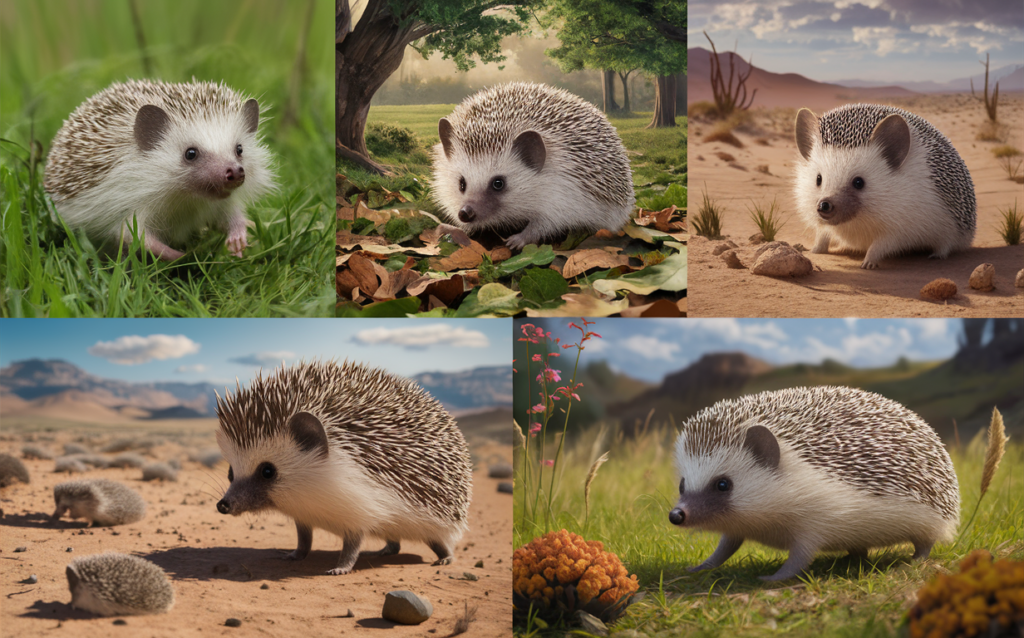
Fact 4: Hedgehogs Have Poor Eyesight
Hedgehogs have relatively poor eyesight compared to other animals. They rely heavily on their other senses, particularly their sense of smell and hearing, to navigate their environment and find food. This adaptation is particularly useful during their nocturnal activities when vision is less important.
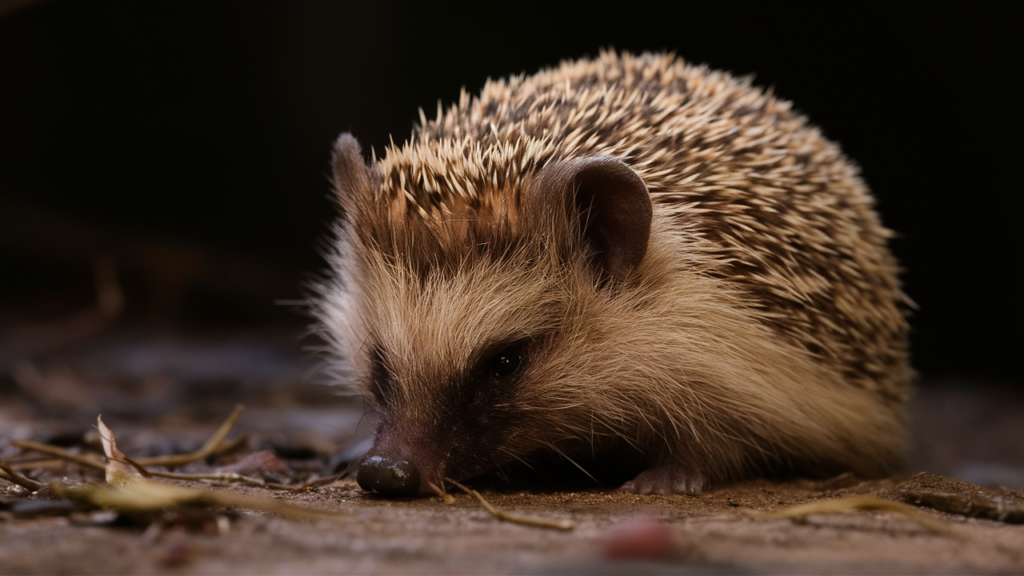
Fact 5: Hedgehogs are Insectivores
Hedgehogs primarily feed on insects, making them insectivores. Their diet includes beetles, caterpillars, and earthworms, among other small invertebrates. In the wild, hedgehogs help control insect populations, which can benefit the ecosystems they inhabit. In addition to insects, they may also eat small amounts of plant matter, fruits, and vegetables.

Fact 6: Hedgehogs Hibernate
Hedgehogs hibernate in the winter in colder climes.Hibernation is a state of reduced metabolic activity that allows them to survive periods when food is scarce.A hedgehog’s body temperature lowers dramatically during hibernation, and its breathing and heart rate fall. They rely on fat stores built up during the warmer months to sustain them through this period.
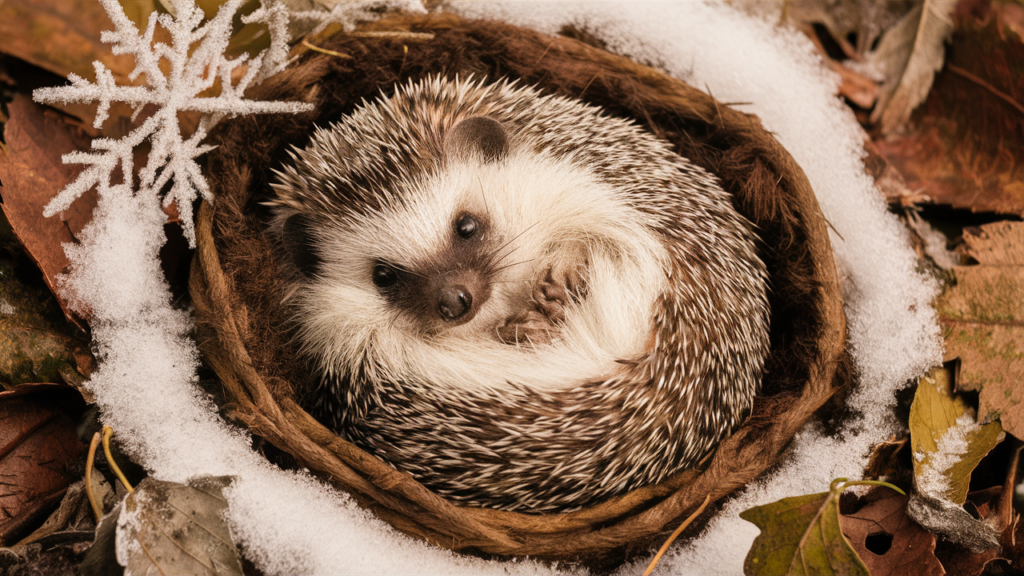
Fact 7: Hedgehogs Communicate Through Sounds
Hedgehogs are not silent creatures; they communicate using a variety of sounds. These sounds include grunts, snuffles, and squeals, each serving different purposes. For example, grunts and snuffles are often heard when they are foraging for food, while squeals can indicate distress or aggression.
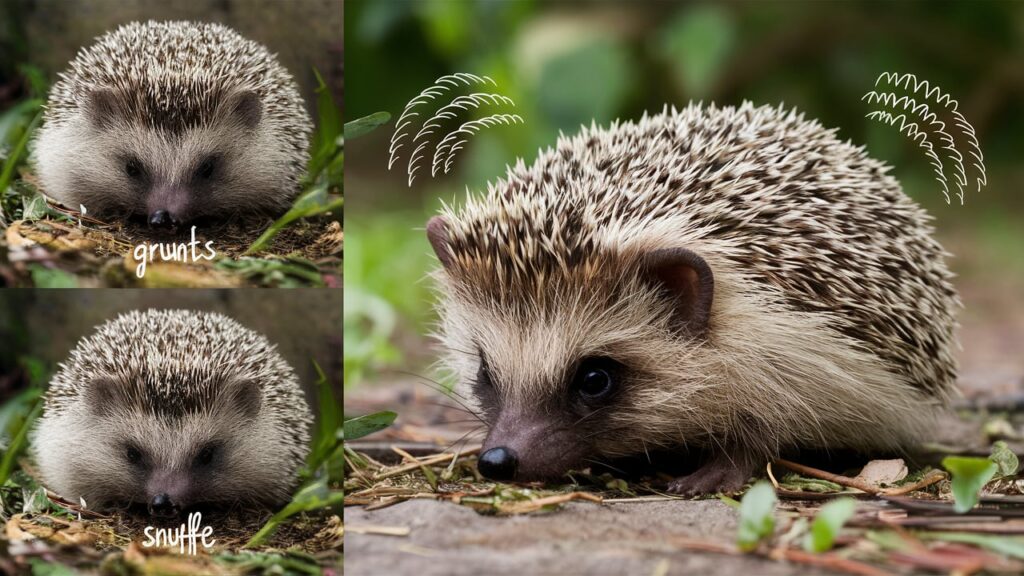
Fact 8: Can Hedgehogs swim?
Although it might come as a surprise, hedgehogs are capable swimmers. They can paddle through water using their legs and can float on their backs if necessary. This ability to swim helps them escape predators and find food, especially in areas where water sources are common.
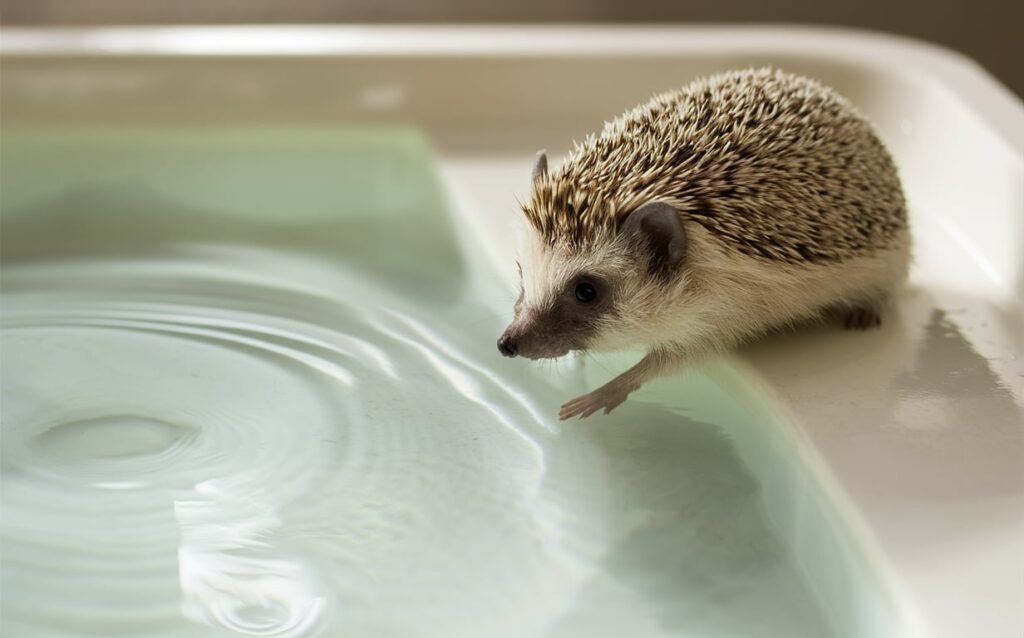
Fact 9: Hedgehogs Have a Long Lifespan for Small Mammals
Hedgehogs can live surprisingly long lives for such small creatures. In the wild, they typically live for 3 to 5 years, but in captivity, with proper care, they can live up to 8 years or more. Factors that contribute to their lifespan include diet, habitat, and the presence of predators.
Fact 10: Hedgehogs are Solitary Animals
Hedgehogs are generally solitary creatures. They only congregate during mating season and would rather live alone. They are able to escape competition for food and other resources because of their solitary nature.When not breeding, they can be quite territorial and may even fight with other hedgehogs to defend their space.
Conclusion
Hedgehogs are truly remarkable animals with many unique traits and behaviors. From their nocturnal lifestyle and effective defense mechanisms to their ability to hibernate and swim, hedgehogs have adapted to survive in various environments. Understanding these fascinating facts about hedgehogs can help us appreciate and protect these wonderful creatures.
FAQs
How do hedgehogs protect themselves?
In order to ward off predators, hedgehogs defend themselves by balling themselves into a tight ball and exposing their spines.
What do hedgehogs eat?
Hedgehogs primarily eat insects, such as beetles, caterpillars, and earthworms, but they may also consume some plant matter, fruits, and vegetables.
Do hedgehogs make good pets?
Hedgehogs can make good pets for those willing to provide the care they need, including proper diet, habitat, and socialization.
Why do hedgehogs hibernate?
Hedgehogs hibernate to survive periods of cold weather and food scarcity by entering a state of reduced metabolic activity.
How long do hedgehogs live?
In the wild, hedgehogs typically live for 3 to 5 years, but in captivity, they can live up to 8 years or more with proper care.
